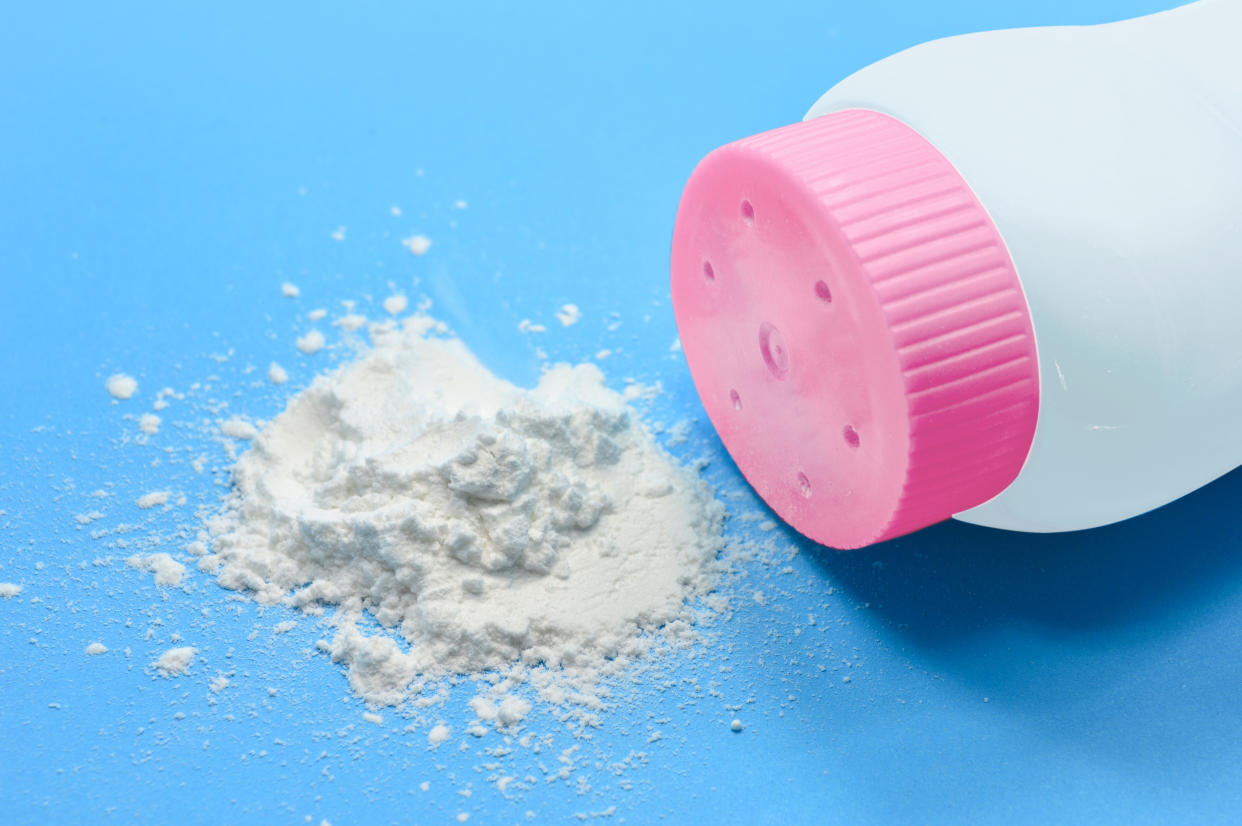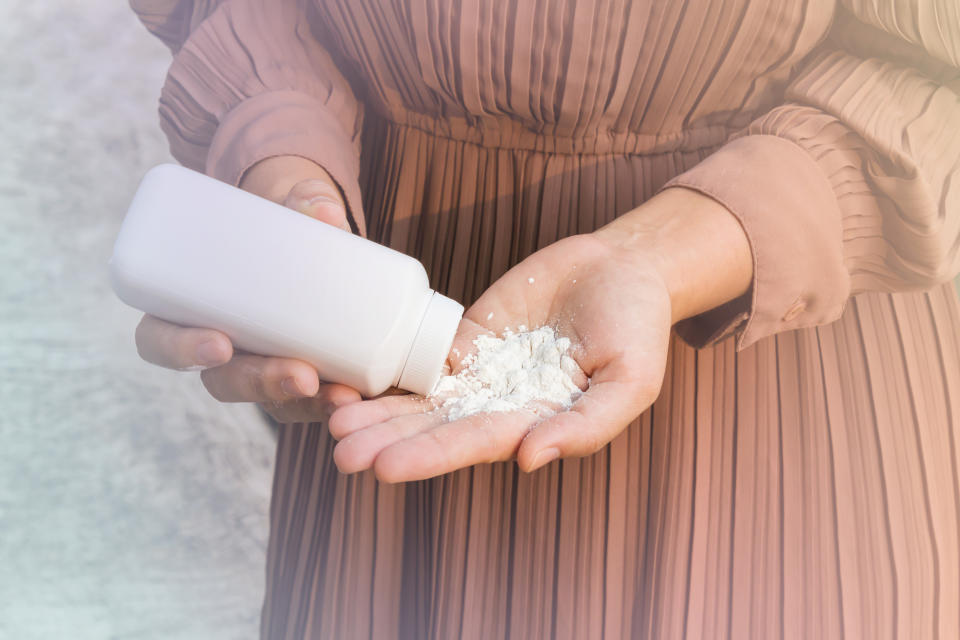Johnson & Johnson ordered to pay $29 million in talc-related lawsuit: What you need to know about talc

A recent Superior Court ruling is adding another layer to the nearly 40-year debate over the health risks associated with talcum powder and talc products.
Johnson & Johnson has been ordered to pay $29 million USD to a woman who claimed the company’s baby powder caused her to develop terminal cancer.
An Oakland, Calif. jury found merit in Teresa Leavitt’s lawsuit against the company, calling Johnson & Johnson’s product a “substantial contributing factor” to her mesothelioma.
According to Mayo Clinic, mesothelioma is an aggressive form of cancer that occurs in the thin layer of tissue surrounding internal organs. The most common area affected is the lungs, causing chest pain, shortness of breath, unexplained weight loss and unusual lumps under the skin on the chest area.
Mesothelioma is often related to asbestos exposure, which Leavitt’s suit claims was found in Johnson & Johnson’s talc product which caused her to become ill.
In a statement, Johnson & Johnson maintains that their products are safe, and denies any link of talc products to cancer.
“We respect the legal process and reiterate that jury verdicts are not medical, scientific or regulatory conclusions about a product,” the statement reads. “We are disappointed with [Wednesday’s] verdict and will pursue an appeal because Johnson’s Baby Powder does not contain asbestos or cause cancer.”
ALSO SEE: Talcum powder products may be harmful to lungs, possible cause of ovarian cancer: feds
What is talc?
A naturally occurring mineral, talc is comprised of magnesium, silicon and oxygen. It’s often used in household and cosmetic products such as baby powder, diaper rash creams, face powders, bath bombs and genital antiperspirants and deodorants.

When did we start using talcum powder?
In the 1800s, Johnson & Johnson was a medical product manufacturer, known for producing bandages and ointments. After the company received complaints that people were experiencing irritated skin because of their bandages, Johnson & Johnson’s scientific director, Fred Kilmer, began giving Italian talc to help soothe the irritation. The company learned that people had began using the talc for diaper rash, and in 1893 Johnson & Johnson moved to produce and market their own talcum powder en mass.
ALSO SEE: Seattle woman dies from brain-eating amoebas after using nonsterile water in neti pot
Why is talc being linked to cancer?
In its natural state, talc can contain asbestos, which is a known carcinogen that has been linked to causing cancer.
Whether inhaled or used on areas of the body such as the genitals, under the breasts or under arms, the body absorbs talc and its potential carcinogens into the lymph nodes which can lead to cancer.
Researchers first linked talc to cancer in the 1970s when doctors noticed talc particles in tumours of patients with ovarian cancer. In 1973 the U.S. Food and Drug Administration (FDA) enforced standards to ensure that all talc products be tested to ensure they are asbestos-free.
Despite the new regulations, a 1982 study by Dr. Daniel Cramer revealed that women who used talcum powder products on their genitals had a 92 per cent increased risk of developing ovarian cancer.

Talcum powder lawsuits
Johnson & Johnson currently faces more than 13,000 talc-related lawsuits. The most recent ruling comes just months after the company was ordered to pay $4.7 billion USD in damages to 22 women and their families who claimed asbestos found in the company’s talcum powder contributed to their ovarian cancer.
In 2016, a separate lawsuit ended with the family of an Alabama woman receiving $72 million USD after she died of ovarian cancer which they say was caused by using Johnson & Johnson products which contained talcum.
ALSO SEE: This dad unknowingly captured his daughter’s cancer symptom in a photo
The company has been sued by more than 9,000 women who link the use of talcum powder to their ovarian cancer, although Johnson & Johnson repeatedly denies the link.
What can you do?
The American Cancer Society advises that people “avoid or limit” the use of talcum products whenever possible until further studies on the ingredient’s effects can be completed.
According to the Campaign for Safe Cosmetics, the regulations regarding cosmetic safety hasn’t been updated in more than 80 years, meaning makeup products aren’t held to the same government regulations as personal hygiene products or household items.
However, some cosmetics companies have taken it upon themselves to produce products that are completely talc free, including Smashbox, Honest Beauty, and bareMinerals.
Reading ingredients as well doing research on your go-to brands for household products, personal hygiene items and can help limit your exposure to talc.
If choosing to use talcum powder products, even those listed as asbestos-free talcum powder, do your best to avoid inhalation, keep out of reach from children and do not use on your genitals.
Let us know what you think by commenting below and tweeting @YahooStyleCA!
Follow us on Twitter and Instagram.
Check out Yahoo Canada’s podcast, Make It Reign — our hot takes on all things royals in a non-stuffy way — on Apple Podcasts and Google Podcasts.



